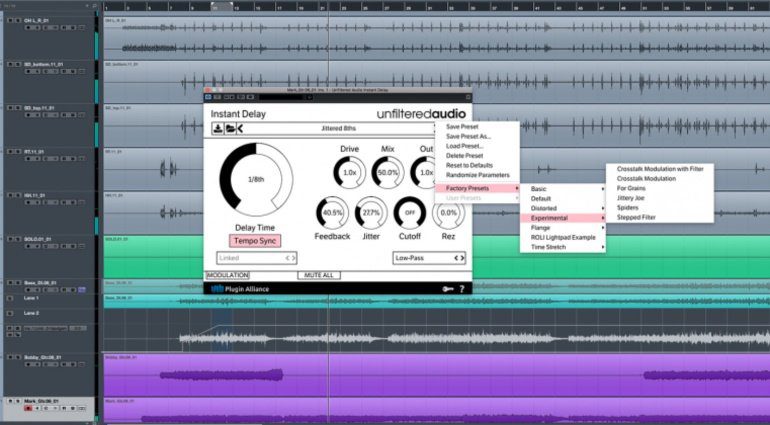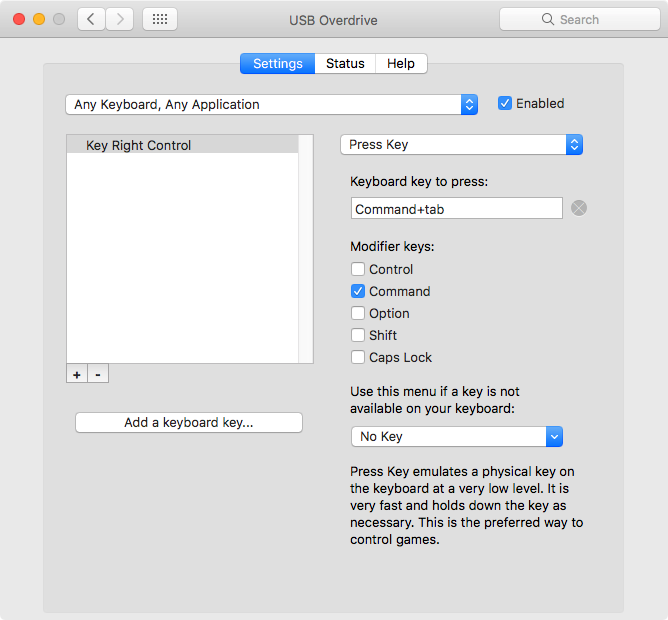


Terminal doesn't show any characters as you type your password. When prompted, type your administrator password and press Return again.* If your Mac is using macOS Sierra or earlier, include the -applicationpath argument and installer path, similar to the way this is done in the command for El Capitan. Sudo /Applications/Install\ OS\ X\ El\ Capitan.app/Contents/Resources/createinstallmedia -volume /Volumes/ MyVolume -applicationpath /Applications/Install\ OS\ X\ El\ Capitan.app Sudo /Applications/Install\ macOS\ High\ Sierra.app/Contents/Resources/createinstallmedia -volume /Volumes/ MyVolume Sudo /Applications/Install\ macOS\ Mojave.app/Contents/Resources/createinstallmedia -volume /Volumes/ MyVolume Sudo /Applications/Install\ macOS\ Catalina.app/Contents/Resources/createinstallmedia -volume /Volumes/ MyVolume Sudo /Applications/Install\ macOS\ Big\ Sur.app/Contents/Resources/createinstallmedia -volume /Volumes/ MyVolume Sudo /Applications/Install\ macOS\ Monterey.app/Contents/Resources/createinstallmedia -volume /Volumes/ MyVolume If it has a different name, replace MyVolume in these commands with the name of your volume. These assume that the installer is in your Applications folder, and MyVolume is the name of the USB flash drive or other volume you're using. Type or paste one of the following commands in Terminal.Open Terminal, which is in the Utilities folder of your Applications folder.Connect the USB flash drive or other volume that you're using for the bootable installer.You will create the bootable installer from this app, not from the disk image or. It installs an app named Install OS X El Capitan into your Applications folder. Inside the disk image is an installer named InstallMacOSX.pkg.Download using Safari, and open the disk image on a Mac that is compatible with OS X El Capitan.The installer for OS X El Capitan downloads to your Downloads folder as a disk image named InstallMacOSX.dmg. Enterprise administrators: Download from Apple, not a locally hosted software-update server.Download on a Mac that is using macOS Sierra 10.12.5 or later, or OS X El Capitan 10.11.6.Download on a Mac that is compatible with that version of macOS.If the installer opens after downloading, quit it without continuing installation. At the end of the day, gamers, especially serious ones, need the best stuff and the best stuff rarely comes cheap.The installer for macOS Monterey, macOS Big Sur, macOS Catalina, macOS Mojave, or macOS High Sierra downloads to your Applications folder as an app named Install macOS. Fortunately, there are 3rd party software that will help take care of things, but they come with an annoying and arguably unnecessary price tag. It still saddens me that Apple doesn’t have proper native support for high DPI mice, and the lack of Mac OS support from the companies themselves makes matters even worse. Hopefully you found this article somewhat helpful in your quest for perfect pin-point mouse precision. The default mouse settings just didn’t cut it for me, and I found the Razer drivers (albeit handy) were lacking. I need ultra smooth and sharp precision because I use my mouse primarily to do graphics and illustration, I also game from time to time, so it definitely helps out in that perspective. Personally, after one week of using SteerMouse, I purchased a license via PayPal. Whether or not these applications is worth it is debatable as everyone has different needs and preferences. Movement isn’t natural, and I find myself thinking more on how to move my mouse vs. I’ve tried using the mouse’s drivers only without the aid of SteerMouse or USB Overdrive, but it simply isn’t the same. If you’re fortunate enough to have purchased a mouse with Mac friendly drivers, then you get even more versatility for sensitivity tweaking.

That way, you’ll be able to have the most effective range for increasing or decreasing sensitivity.Ībove, you can see the sensitivity levels being neutralized on the Razer DeathAdder mouse. Personally, I’d recommend centralizing or neutralizing the mouse’s “on-the-fly” sensitivity level before tweaking the settings on SteerMouse or USB Overdrive. Using SteerMouse or USB Overdrive with Gaming MiceĪlmost all of the modern gaming mice have the ability to change sensitivity “on-the-fly”, which, without a doubt, is essential for getting headshots and so forth. I’d highly recommend installing both and try them out with your mouse – one at a time of course. Personally, I use SteerMouse because it I feel like it works better – the magic word is “feel”, as everyone has different preferences in terms of sensitivity. Similar to the process with SteerMouse, test your mouse movement and adjust the “Speed” and possibly the “Acceleration” if necessary.


 0 kommentar(er)
0 kommentar(er)
